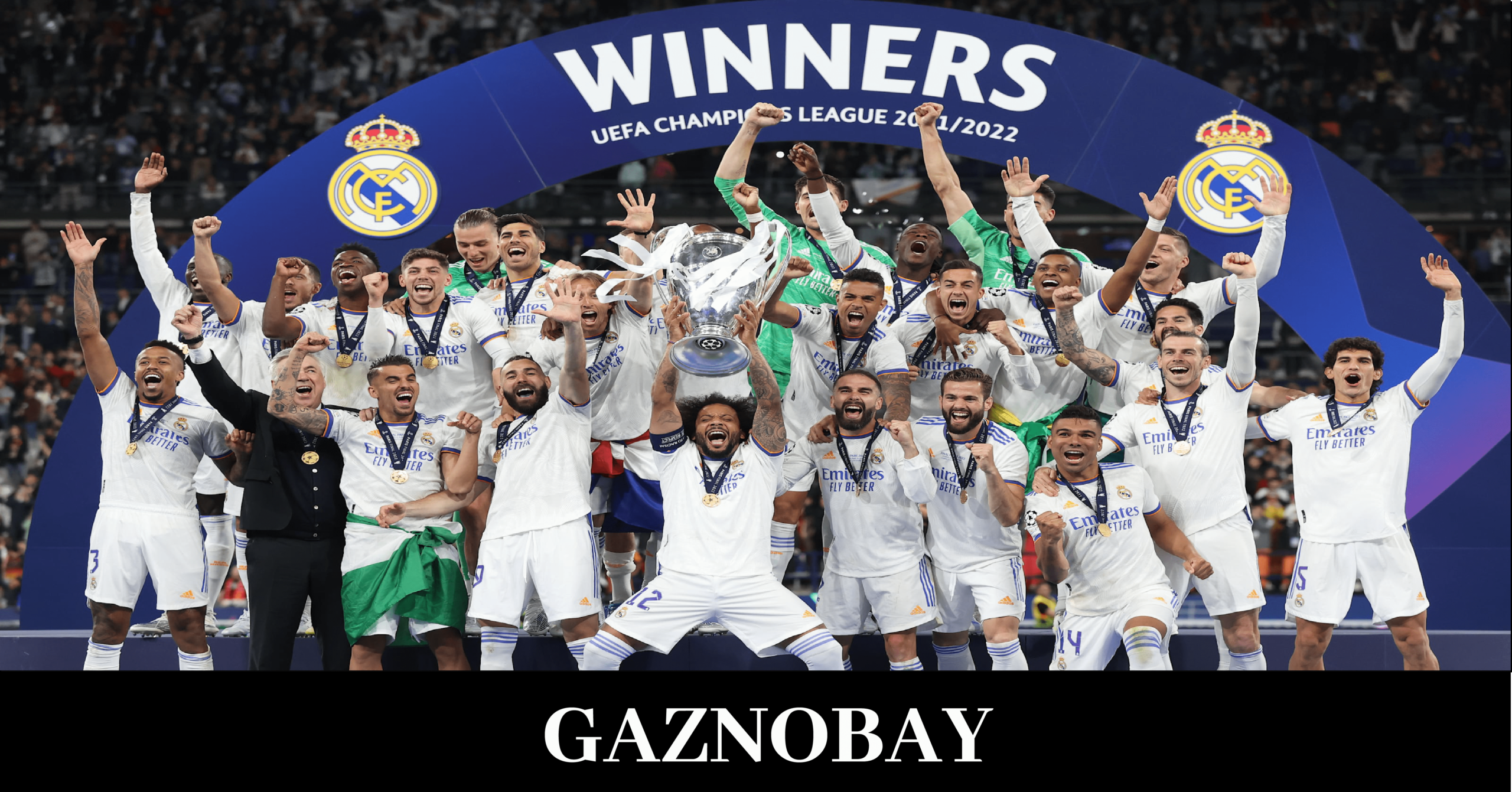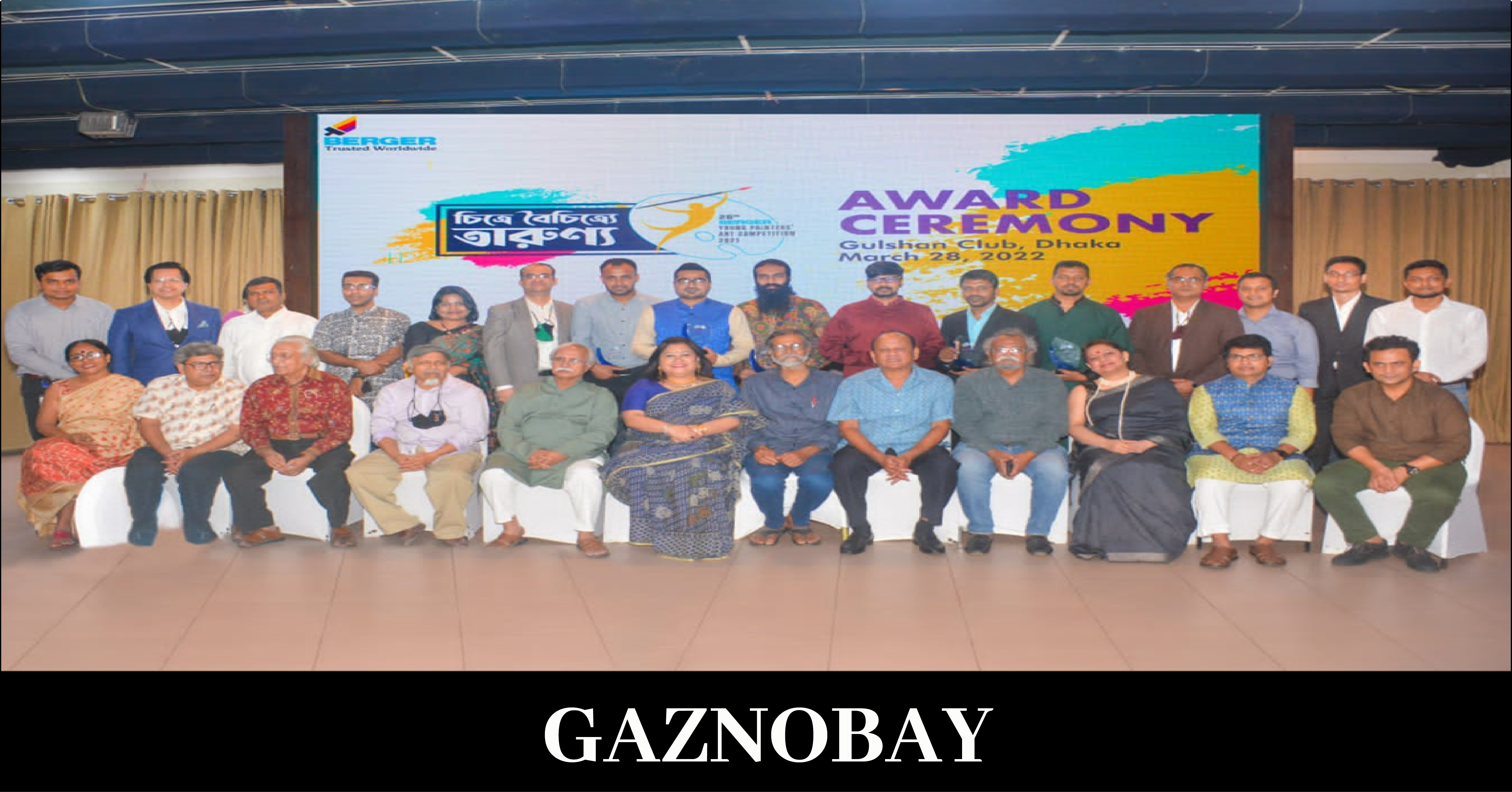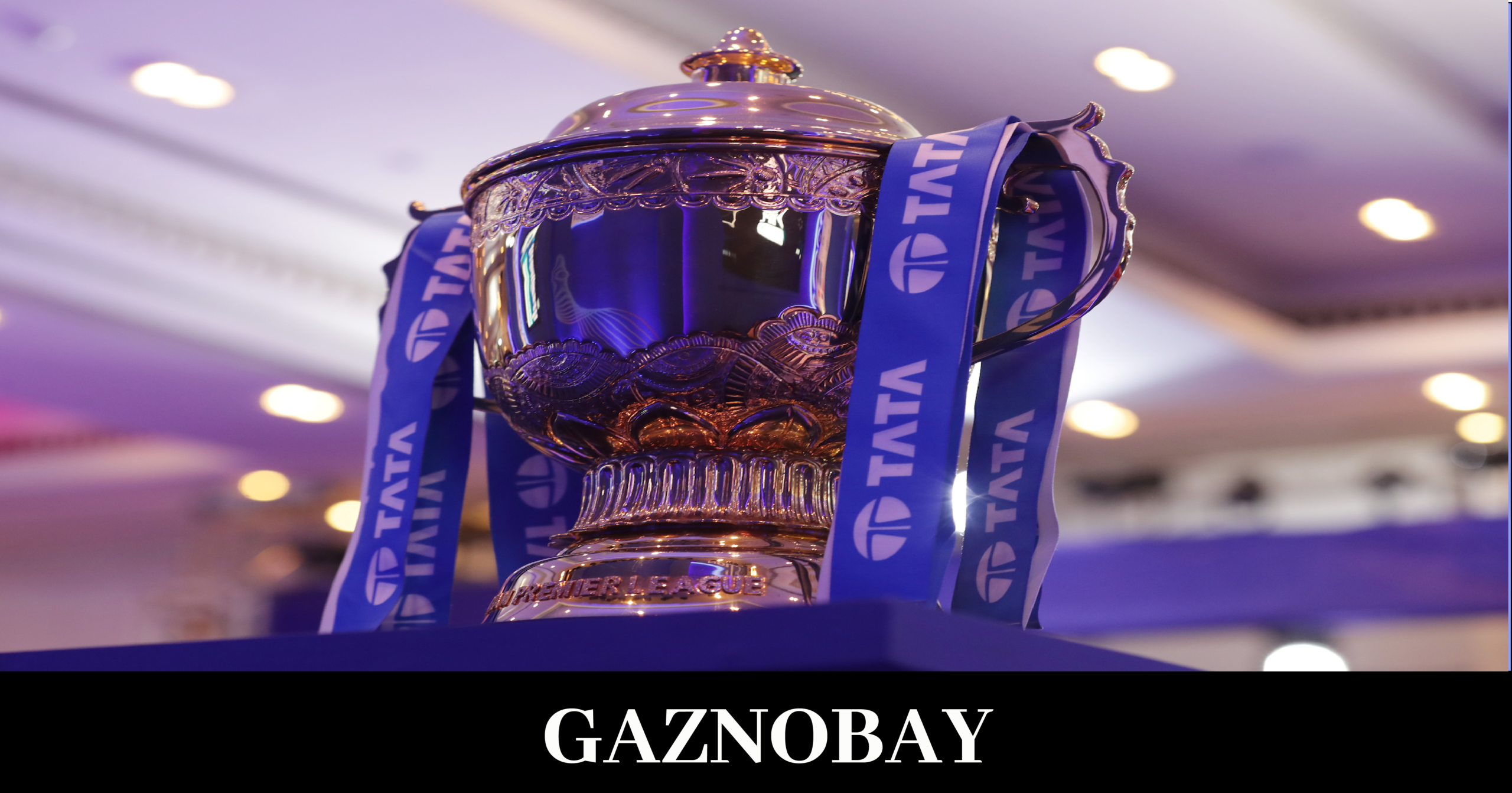In today’s young generation and KitKat, Butterfingers, etc., snacks or dairy items are most famous worldwide. You may ask what is the father of these all-famous dairies; the answer is Nestle. Founded in 1866, Nestlé is the biggest food and nutrient company in the world. Initially, the corporation sold infant’s cereal solely; however, they quickly varied to incorporate a range of products together with chocolate, coffee, soup, yogurt, water, and frozen foods in their portfolio. The organization employs nearly 1/4 of 1,000,000 folks from seventy totally different countries around the world. Nestlé operates in nearly every part of the world. They have reached a powerful world audience, each through their own efforts and through joint ventures with firms like Coca-Cola. Nestlé’s success has been driven by a mix of product innovation and business acquisition. It is their motivation for growth and variety that has allowed Nestlé to become the key player in nutrition that it’s today.
In 1866, the primary milk manufacturer in Europe opened in Cham, Switzerland. The company was known as the Anglo-Swiss milk Company. The factory was closely-held by 2 yank men, brothers Charles and patron saint Page. They had seen the expansion of condensed milk within the U.S. and wished to manufacture milk on the subject of an outsized, quality source. Switzerland made a large quantity of recent high-quality milk and had been the middle of production for several milk primarily based merchandise since the first nineteenth century. The business house owners created their milk products in Switzerland; however, it absolutely was invariably meant for the English market.
The 1st warfare brought serious disruption to economies and businesses all across Europe. Switzerland remained neutral, although armed, throughout the primary World War. Even though they failed to participate within the fighting, their economy was still well laid low with the German loss and the Austro-Hungarian Empire’s breakup. Switzerland suffered a severe slump caused by a decrease in energy consumption during the primary World War.
Many industries in Europe were severely discontinuous between 1914 and 1918. Even though Suisse wasn’t concerned about the hostilities, it had been troublesome for Nestlé to search out the products required to continue producing as they had before. Distribution was additionally troublesome as a result of the whole continent being at war. Nestlé relied on recent milk many} of its early products, And there have been shortages of milk and nearly each alternative fresh product throughout this era. Like many manufacturers, Nestlé sold most of their supplies so as to assist support the wants of the encircling cities and villages.
Some companies, together with Nestlé, were able to survive this period of economic hardship due to the big-scale fighting. Nestlé non-heritable several government contracts that needed them to expand rapidly. When the war came to an end in 1918, Nestlé had forty factories across the globe.
Although the worldwide depression began within the 1930s, the amount straightaway when the globe was a time of severe economic hardship in Central Europe.
Unemployment soared in Germany, Poland, and Austria, whereas inflation reaches new levels. The economic storm had been production since before the war; however, the loss of the war solely exacerbated true in most Central European countries.
Nestlé was only 1 of many corporations that felt the force of the economic crash in the 1920s. Despite their difficulties, they were ready to build it through this era of economic hardship and short supply. They included Calliet, Peter, and therefore the Kohler Swiss Chocolate company within the mid-1920s. It was at now that chocolate became one in each of the central focuses of the business. The investment in chocolate would spark innovation and diversification later in the century.
Much of the Nineteen Twenties and Thirties were spent making an attempt to stay afloat throughout troublesome political and economic times. There was very little growth or improvement till the year 1938, once Nestlé launched its 1st occasional product: Nescafé. The birth of Nescafé really dated back to eight years previous when the Brazilian government offered Nestlé their surplus coffee in the hopes that they may preserve it. The Second warfare was looming, and this slowed the expansion of what was to become one in every of Nestlé’s most eminent products. Ironically, it had been the Allied troops who acted as the first brand ambassadors of Nescafé. Nestlé quickly reached a worldwide market as they sent loads of their occasional to the frontlines at the command of the U.S. government.
Because of Switzerland’s legendary neutrality throughout the wars of the twentieth century, Nestlé’s Swiss plants weren’t requisitioned or repurposed by the Swiss people government.
This is in stark distinction to the producing and production scenario in most of Europe at this time.
In 1939, the management of Nestlé was shifted to the United States. Far off from the ECU front, Nestlé worked indefatigably to take care of the business they had designed each in Europe and worldwide.
Innovation didn’t stop throughout the second world war. Nestlé created Nestea within the year 1940. The history of tea goes back thousands of years, and therefore the success of tea had been well documented since the first nineteenth century. Nestea wasn’t introduced to America till 1948. For a time, Nestea was a joint venture between Coca-Cola and Nestlé, 2 of the most important food and food makers and distributors in the world.
The end of war II was an amount of growth and recovery across the world. As political and monetary stability came back to Europe, several organizations who had been sturdy enough to form it through the war grew substantially.
The end of the war marked an amount of considerable growth for Nestlé as they began to acquire new companies and dozens of the latest products. One of the most important acquisitions created was with Maggi, another Swiss company. Maggi was based round the same time as Nestlé in 1872 by Julius Maggi. Maggi has a number of a similar initial goals as Nestlé. Julius Maggi needed to enhance the nutrition of operating families by transportation them meals that were macromolecule made whereas remaining inexpensive. The organization was ab initio established in 1897 in Singen, a German city on the northern German-Swiss border.
In 1947, Maggi went below many changes in leadership and a variety of instances of corporate restructuring. Eventually, the company to blame for Maggi, Alimentana S.A., united with Nestlé. Nestlé began producing Maggi products that were oversubscribed everywhere in the world. In several components of Asia, Maggi noodles are synonymous with instant noodles, and the whole holds a majority share of the market. Other products embody seasoning sauces, broth cubes, and dehydrated soups.
In 1948, Nestlé introduced America to a product that will go on to become an Associate in Nursing icon in Yankee culture: Nesquik. Nesquik Is a chocolate powder that’s mixed with milk to {form} a rapid glass of chocolate milk. The whole additionally developed and other a strawberry flavor. The Nesquik Bunny, that 1st appeared in 1973, became an advertising hit among adults and children. Today, Nesquik includes 2 flavors and is out there in each pulverized form and sweetening form.
With no major wars in Europe for many decades, all was quiet on the Western front. But not all was quiet in business. In 1974, Nestlé determined to form their 1st move outside the of the food production industry. Their target was L’Oreal. L’Oreal was based in 1909 and was a world-renowned Parisian company with an aptitude for hair. The company was founded once Eugene Schueller, a French chemist, created a hair coloring that becomes vastly well-liked among the hairdressers of Paris. Because of his popularity, he already had a longtime relationship along with his target shopper and, therefore, the press when he opened his doors in 1909.
Between 1909 and 1974, L’Oreal expanded from hair dye to innovative hair care. In 1964, L’Oreal acquired Lancome, a prestigious name in French skincare and cosmetics that was already established throughout the world. L’Oreal went under a restructuring the brought the company public in 1963. Through this restructuring, Eugene Schueller’s daughter, Liliane Bettencourt, kept her majority stake in the company. In 1974, Nestlé offered Bettencourt a sweet deal. They would accept half of her stock in L’Oreal in exchange for a 3% stake in Nestlé. Together, Nestlé and the Bettencourt family owned 60% of L’Oreal’s shares, and L’Oreal became the biggest cosmetics company in the world during the 1980s.In 2014, Nestlé and the family reorganized their agreement, and Nestlé sold back some of its shares in L’Oreal to the family.
In 1977, Nestlé continued their diversification process when they took on Alcon Laboratories, an American pharmaceutical company. Alcon Was founded in Fort Worth Texas in 1945, and it specialized in creating ophthalmic products, including products for contact care. Nestlé purchased the company in 1977 in a successful attempt to segue into the pharmaceutical market. Under Nestlé’s watch, Alcon grew to operate in 75 countries around the world, with products available in 180 countries. In 2002, Nestlé offered its stock in Alcon. In 2008, a quarter of their stock was purchased by Novartis. Novartis now owns 77% of Alcon Laboratories. Nestlé is no longer the owner of any of Alcon’s shares.
In1984, Nestlé made business history when it offered to pay $3 billion to acquire the Carnation Company.
This was one of the biggest acquisitions by a company in the food industry. In fact, it was rumored to be the largest merger of two companies in history outside of the oil industry. Carnation was attractive to Nestlé not just because of their evaporated milk products but because they were a diverse company. Carnation was the owner of Friskies, an important and profitable line of pet food. They also owned Contadina tomato products. The deal was so large that it was subject to governmental approval, but the FTC granted permission in 1985.
Nestlé’s coffee history went back to 1940 when they worked to preserve the Brazilian government’s coffee bean excess. The story took a new turn in 1986 when the company launched Nespresso. Nespresso was designed to be a high-end luxury coffee, different from the freeze-dried budget coffee that its predecessor had become. Today, Nespresso is known as the premium in portioned coffee and is represented in advertising by George Clooney. Nespresso has boutique stores around the world and has agreements with luxury hotel chains like The Ritz-Carlton and Shangri-La Hotels.
After the fall of the Berlin Wall in 1989, a huge amount of Europe once again became an accessible market. Poland, Hungary, and the Czech Republic would soon be known as emerging European markets. China became more accessible during this period, as well. For a company with international ambitions, like Nestlé, this was the ideal trade situation. With new diverse markets to serve, Nestlé was presented with a unique opportunity to become an even more diverse organization.
During this period, the first major acquisition was in 2001 when Nestlé acquired and merged with the Ralston Purina Company. A new company in comparison, Purina, created products like Friskies, which was a wildly popular brand of pet food in the United States. After the merger, a new pet food company called Nestlé Purina PetCare Company was established.
Nestlé picked up the pace in 2002 when they took on two more of North America’s most successful companies. This time, the theme was frozen products, and Nestlé picked up Dreyer’s ice cream in July. The next month, Nestlé bought Chef America Inc, a frozen food manufacturer, for a cool $2.6 billion. The plan to take on the freezer aisle continued in 2003 when Nestlé acquired Movenpick Ice Cream, a luxury Swiss ice cream company. The decade came to a head in a spectacular fashion when Nestlé took over both Jenny Craig and Uncle Toby’s in 2006.
Towards the end of the decade, Nestlé made one of its biggest-ever acquisitions when it purchased Gerber. This move was a return to Nestlé’s historical roots as Gerber continues to be one of the key baby food manufacturers in the United States and Canada. Nestlé purchased the business for $5.5 billion in 2007.
Nestlé has come a long way from its 19th-century Swiss-German origins in nutritious gruel to become one of the world’s biggest production conglomerates. Nestlé has carried with them their spirit of innovation and nutrition from the 19th century into the 21st century. Today, Nestlé owns more than 2,000 brands that are sold in more than 197 countries around the world.
They have a clear objective to be the leader in health and wellness. The company has not limited itself to nutrition but moved into the beauty and health categories in order to create a truly diverse company.








